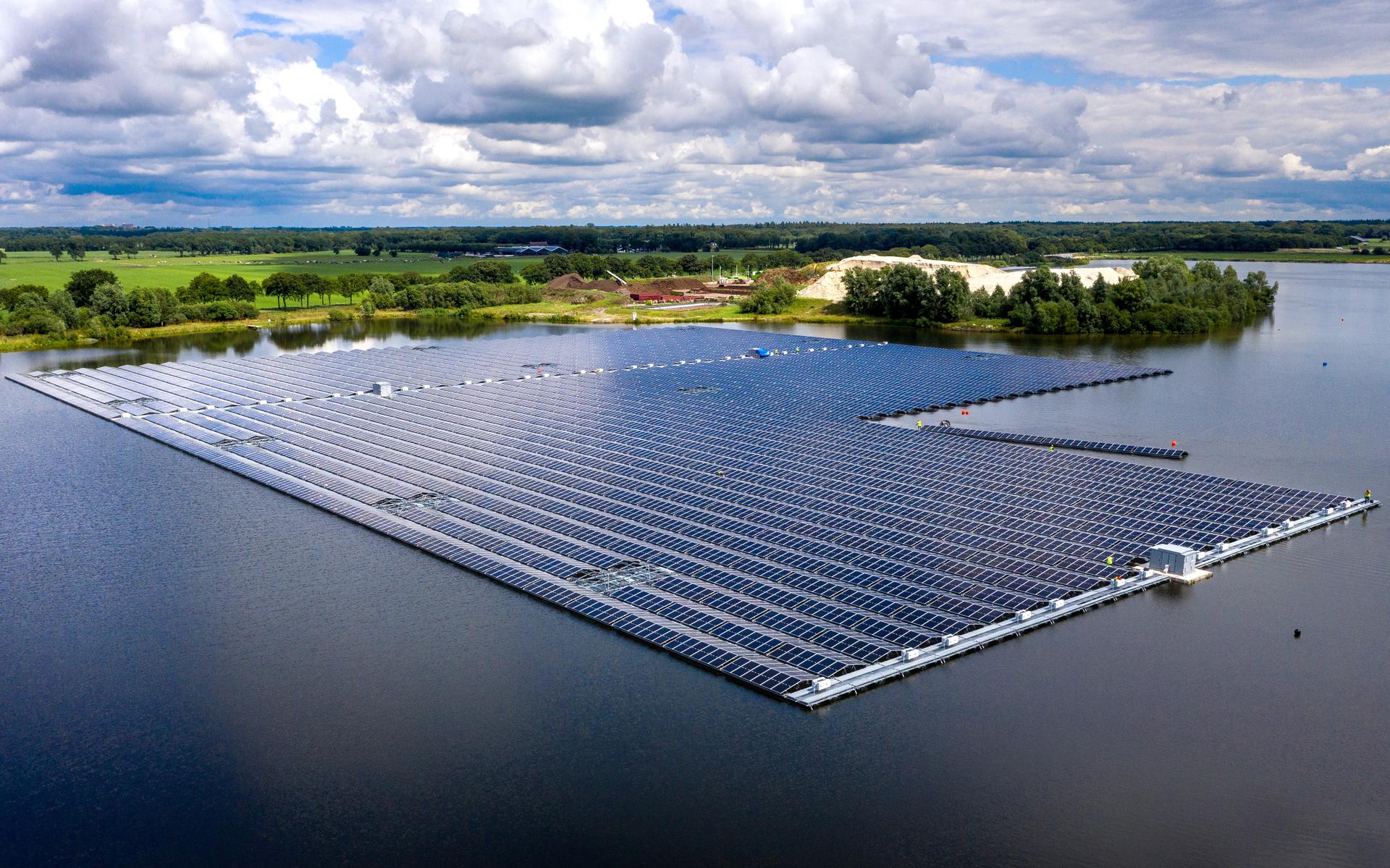
The number of solar panels is growing rapidly in Fryslân. Last year, more than 140,000 installations were carried out, both in homes and companies. In 2022, there would still be more than 117,000 installations. A year earlier, Fryslân still had 92,000 solar energy installations.
This is clear from the new figures from the Central Statistics Office.
Harlingen generates the most solar energy in Fryslân with 1.1 megawatts of solar panels per square kilometer. Leeuwarden and Smallingerland are exactly on the national average with 0.71 megawatts. Heerenveen is slightly below. Frisian municipalities with few solar panels are Noardeast-Fryslân, Terschelling, Vlieland and Schiermonnikoog. Six out of ten municipalities in the Netherlands generate more than one megawatt.
Zwijndrecht is the leader in the Netherlands with more than five megawatts. Most of the municipalities that generate a lot of solar energy are located in the west or south of the country. On average, Fryslân generates much less solar energy than other provinces. Only Flevoland and Zeeland generate less solar energy.
More sun
Statistics Netherlands has been tracking the growth of solar energy in the Netherlands for years. Nationwide, solar panel power has increased more than 22 percent in one year. In 2023, solar panels produced almost 20,000 gigawatt hours. That means almost doubling in two years. In 2021, solar panels produced 11,300 gigawatt hours. The growth is not only due to more solar panels being installed, but also because the sun will shine brighter than average in 2023.
Homes with solar panels provided just over 42 percent of total energy in 2023. Businesses with solar panels provided the remaining 58 percent of energy.
Of the total 2.8 million solar panel installations in the Netherlands, more than 2.5 million installations are in homes. But that doesn’t say anything about performance. Although businesses have far fewer solar installations, the output of their panels is more than fifteen times greater (61,000 watts) than residential panels (almost 4,000 watts).


.jpg?w=150&resize=150,150&ssl=1)



